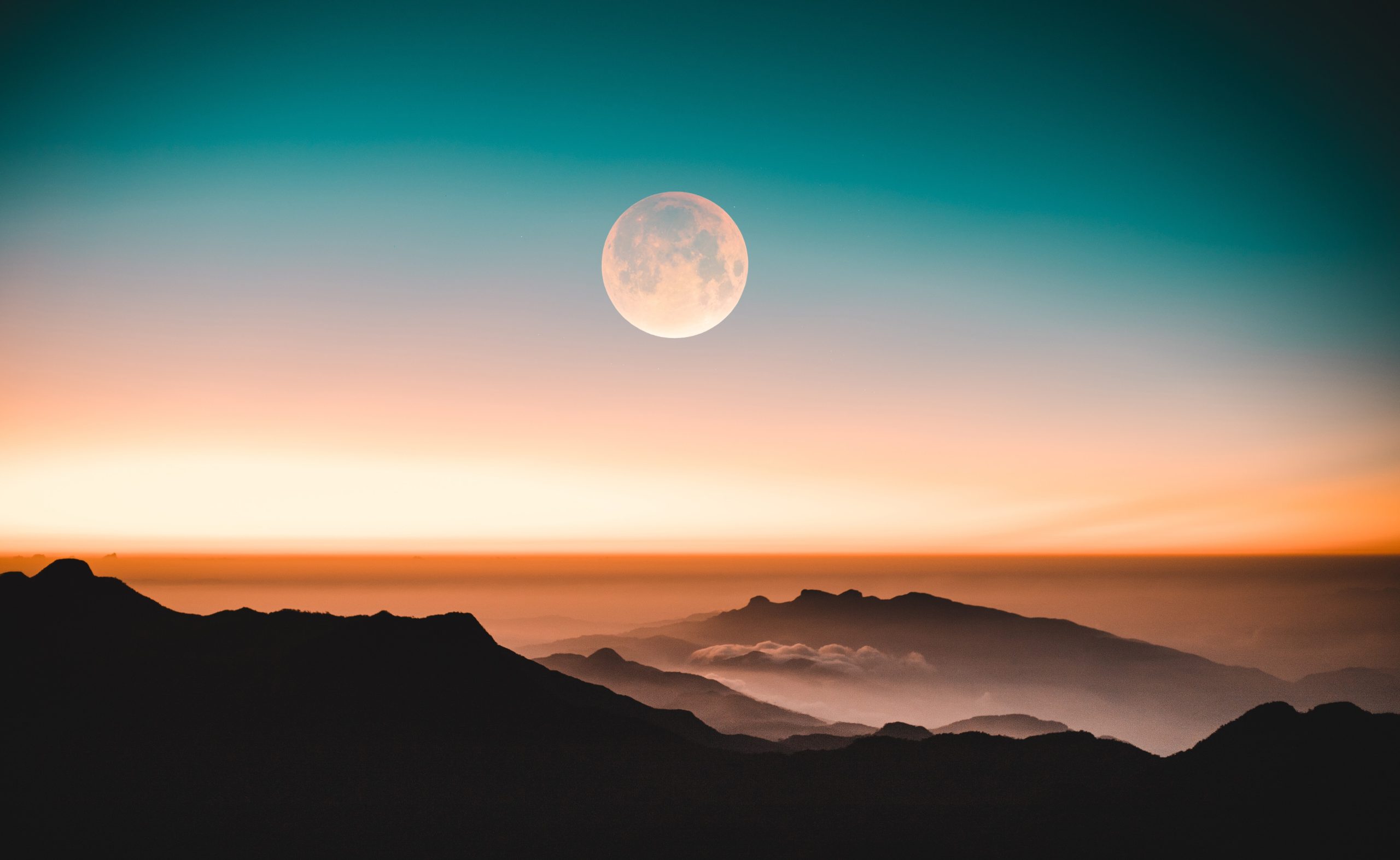Moon Phases for Dummies: A Comprehensive Guide
Being the closest celestial body to Earth, the moon has always fascinated humankind. Its mesmerizing beauty and mysterious behavior have left people wondering about its various phases. In this comprehensive guide, we will break down the moon phases, explaining what they are, why they occur, and how to observe them.
Understanding Moon Phases
The moon does not emit its own light; instead, it reflects the sun’s light. As it orbits around our planet, different portions of its illuminated surface become visible to us. These different configurations of the moon, known as lunar phases, occur in a cyclical pattern.
To understand moon phases, we need to familiarize ourselves with a few key terms:
- New Moon: This is the starting point of a moon phase cycle. During a new moon, the moon is positioned between the Earth and the sun, causing the side that faces us to appear dark.
- Waxing Crescent: As the moon moves away from the new moon phase, a small crescent of light becomes visible. This is known as the waxing crescent phase.
- First Quarter: When half of the moon is illuminated, we refer to it as the first quarter. The name refers to its position in the first half of the lunar cycle.
- Waxing Gibbous: As the illuminated portion of the moon continues to grow, it reaches the waxing gibbous phase. During this phase, more than half of the lunar surface is visible.
- Full Moon: The full moon is perhaps the most famous phase. At this point, the entire illuminated side of the moon is visible, making it appear as a bright, full circle.
- Waning Gibbous: After the full moon, the moon begins to transition towards the waning phase. The waning gibbous phase is similar to the waxing gibbous, with more than half of the moon’s surface visible.
- Last Quarter: The last quarter occurs when the moon is three-quarters of the way through its lunar cycle. It appears as a half-moon, with the illuminated portion decreasing.
- Waning Crescent: As the moon approaches the end of its cycle, only a small crescent is visible. This is known as the waning crescent phase.
What Causes Moon Phases?
The changing phases of the moon are caused by its position relative to the sun and Earth. The moon takes approximately 29.5 days to orbit our planet, which corresponds to a lunar month. As the moon completes its journey around Earth, different angles of sunlight illuminate its surface, resulting in the various moon phases.
When the moon is positioned between the Earth and the sun, its dark side faces us, causing a new moon. As the moon moves along its orbit, we gradually begin to see a small crescent of light, which grows larger until it reaches the full moon phase. After this point, the moon transitions back to the new moon phase, completing the cycle.
Observing Moon Phases
Observing moon phases can be a fascinating and rewarding experience. It requires nothing more than your eyes, clear skies, and a basic understanding of the lunar cycle. Here are a few tips to get started:
1. Know the Moon Phase Calendar
Before venturing out, it’s helpful to familiarize yourself with a moon phase calendar. These calendars depict the different lunar phases for specific dates, allowing you to plan your observation sessions in advance.
2. Choose the Right Time
It’s essential to choose the right time to observe the moon phases. Ideally, you want to go outside during the evening or early morning hours when the moon is visible. Avoiding light pollution from city lights will also enhance your viewing experience.
3. Watch the Moonrise and Moonset
Observing the moonrise and moonset can be particularly captivating. You can find the moonrise and moonset times for your location online or using various smartphone applications.
4. Use Binoculars or a Telescope
While not necessary, using binoculars or a telescope can provide a closer look at the moon’s surface. It allows you to observe craters, mountains, and other fascinating lunar features in greater detail.
5. Keep a Moon Journal
Documenting your lunar observations in a moon journal can be an engaging way to track the moon’s phases over time. You can record your thoughts, sketches, or even take photographs to create a visual record of your journey.
The Cultural Significance of Moon Phases
Moon phases have played a significant role in various cultures and belief systems throughout history. For example:
- The Ancient Greeks associated the moon with deities such as Artemis and Selene.
- In many Native American cultures, the moon phases were linked to agricultural activities.
- In Hinduism, the moon is linked to the deity Shiva and is an essential element in the calculation of religious festivals.
Today, understanding moon phases has practical applications in fields such as agriculture, fishing, astrology, and even gardening.
In Conclusion
Moon phases are a captivating natural phenomenon that has fascinated humans for centuries. From the new moon to the waxing crescent, the full moon, and beyond, each phase offers its own unique charm. By understanding the science behind moon phases and observing them firsthand, you can deepen your connection with the universe and gain a newfound appreciation for the beauty of our celestial neighbor.
Table of Contents
